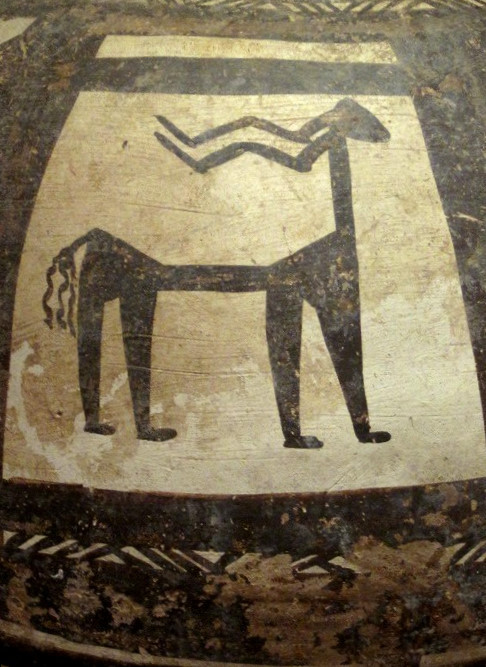1852
1853
1854
1856
1859
1860
1862
1863
1864
1865
A modern interpretation of Antinous. Amazing work of Becca Saladin / royaltynowstudios.com
1866
Roman fresco recovered at Arles, France. Photo Credit/ Read More: archaeology.org/issues/207-160…
1867
1868
1869
1870
1871
1872
1873
1874
1875


























